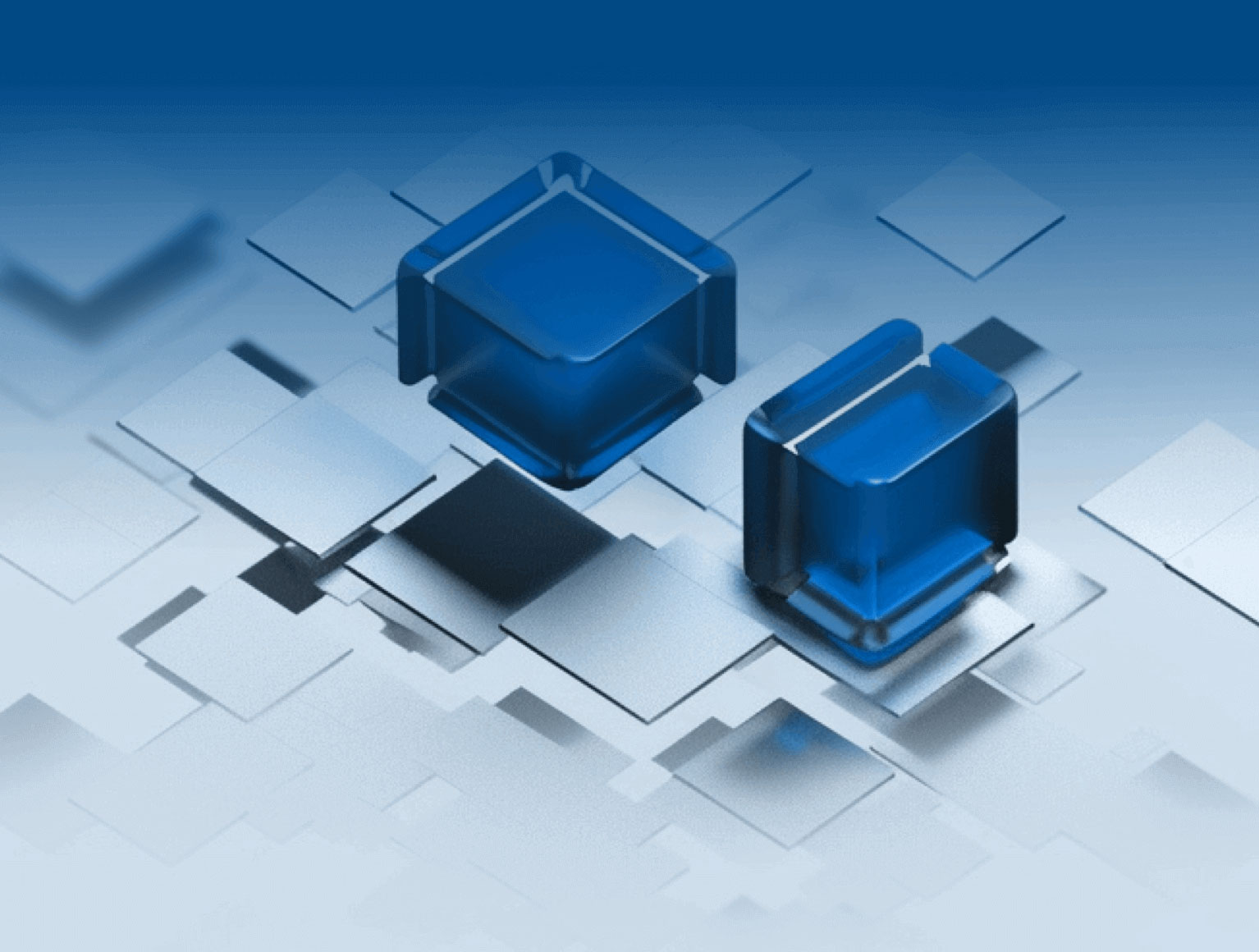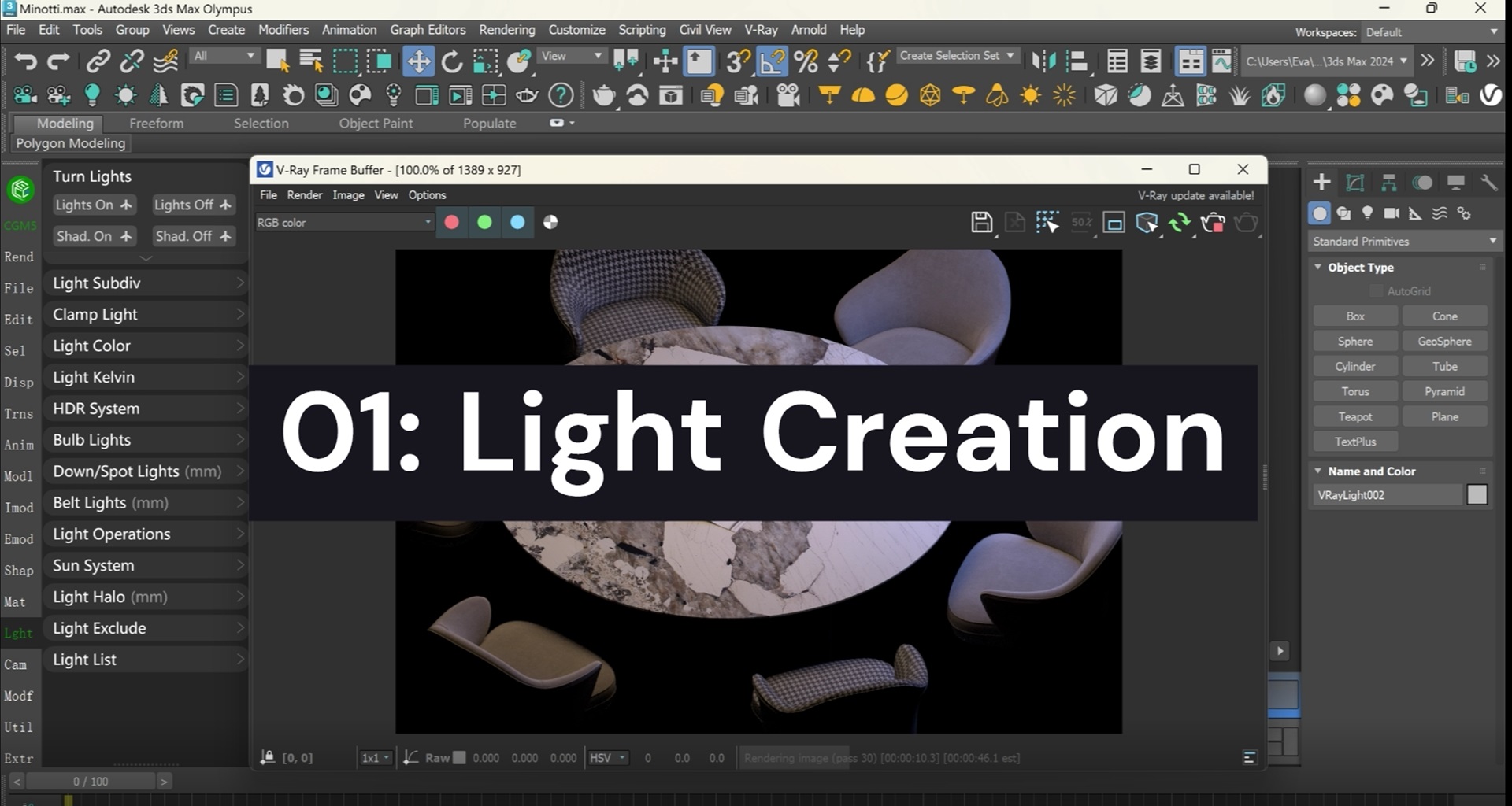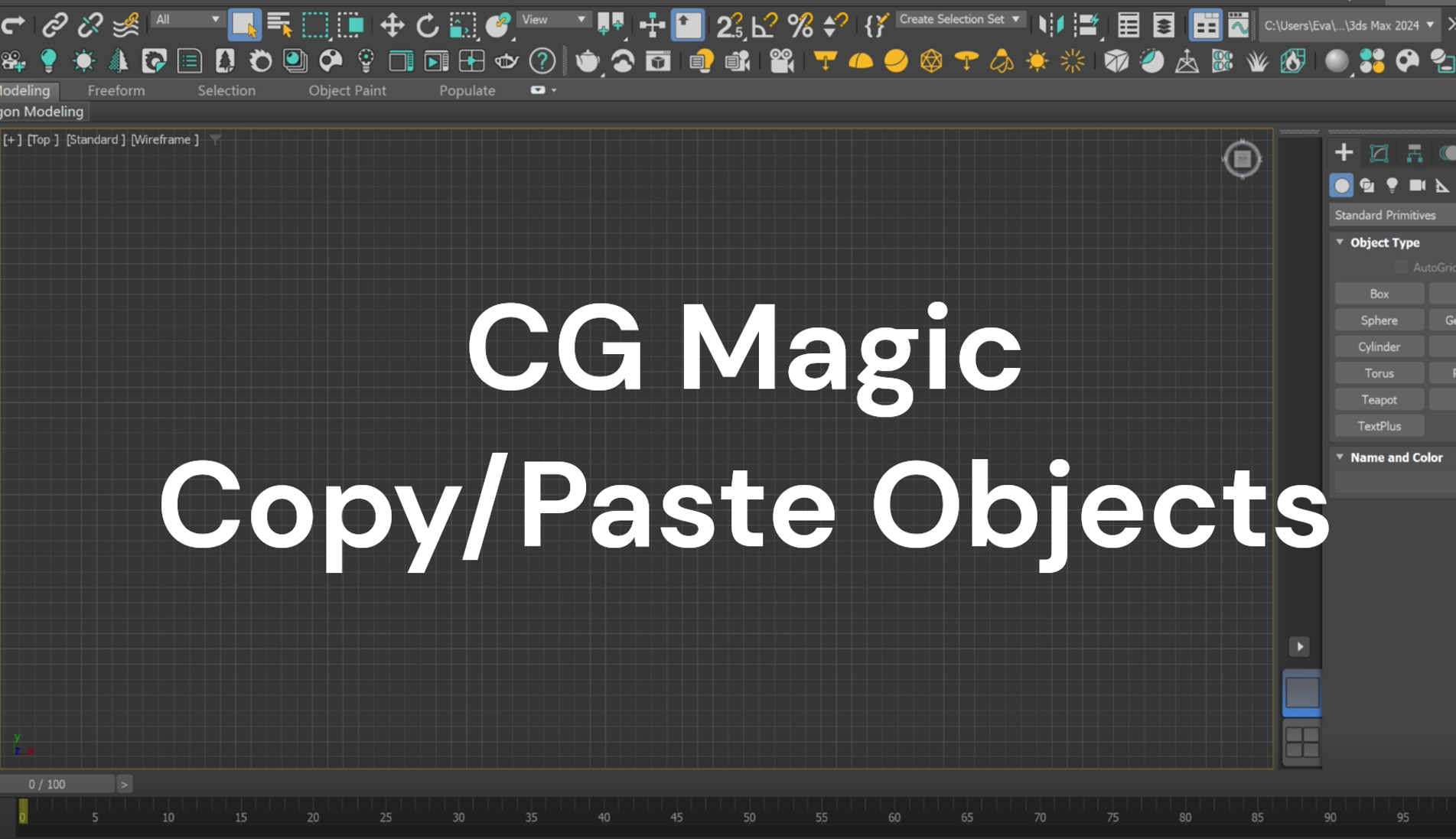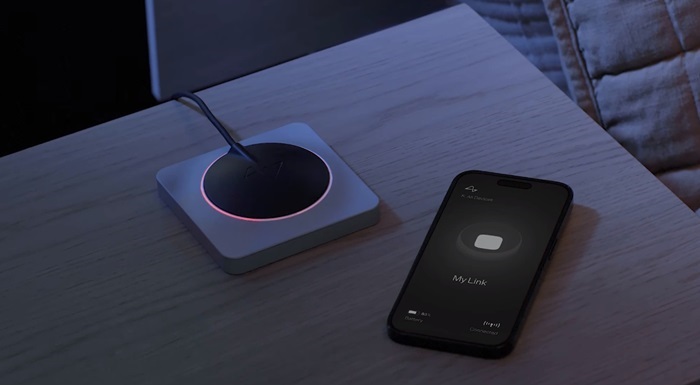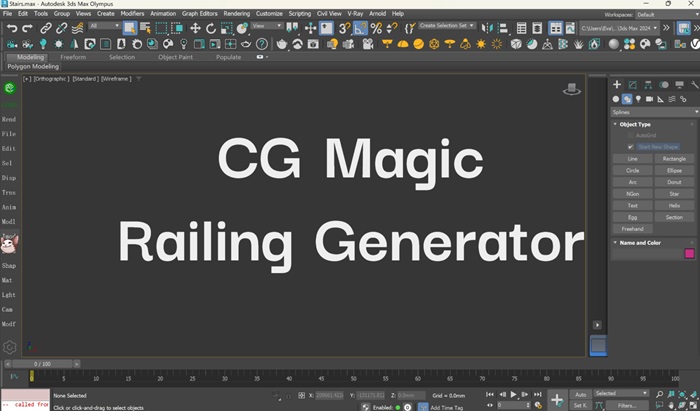A big problem that many novice 3D designers or 3D modeling and animation students encounter: how to choose hardware? Especially for students majoring in 3D design. With limited budget, how to choose a suitable computer to meet the needs of learning (portable) and design (powerful enough)? XRender will explain several hardware parts related to 3D design notebooks for you below, I hope it will be helpful when you make configuration choices.

| About Animation Creation
The animation is mainly divided into two major directions, one is two-dimensional creation and the other is three-dimensional. The former usually includes some graphic design, such as original painting, illustration, etc. On the other hand, three-dimensional, is about learning models, materials, motion, rigging, rendering and so on. You have have a general understanding of 3D animation production through the demo below.

Just like the major directions, software that used for content creation are also divided into 2D and 3D:
2D Design: Ps, AI, CDR, Flash, AE, etc. (original artist, illustrator, MG animation)
3D Design: Maya, C4D, 3dmax, Blender, Unreal Engin, etc. (character design, rigging)
Post-production: PR, AE Da Vinci, Houdini, Nuke, etc. (animation synthesis, film and television special effects)
In addition to the learning of animation production software, related majors will also require some knowledge of script writing, script production and video editing. However, these parts usually has way lower hardware requirements for apps such as the Office and web browsers. So according to the principle of backward compatibility, the computer configuration that generally meets the requirements of 3D animation creation software usually is enough for all other apps. Therefore, we are going to talk about the laptop choosing based on 3D animation creation.
| How to Choose A Laptop
CPU
CPU (Central Processing Unit) is the computing core and control unit of a computer. The CPU has a great influence on MAYA, C4D, PS, AI and other software used in animation majors. It determines the speed of playing and previewing animations in MAYA, C4D and other software, and is an important prerequisite for the performance of 3D software.
Taking Cinema 4D as an example, the calculation of some particle and fluid effects in the scene, as well as the global illumination, light and shadow subdivision, material blur subdivision, anti-aliasing, etc., are closely related to the CPU. The CPU determines the upper limit of these parameters, which greatly affects the final rendering and rendering quality.

For 2D software such as PS and AI, the higher the clock speed and turbo frequency of a CPU, the faster the workstation will response when operating these software. Therefore, it is recommended to select a CPU with clock speed of 2.2GHZ or above during production. In the field of 3D content creation, the multi-core CPU is very helpful for 3D rendering. The more cores, the faster the rendering will be. For 3D animation creators, either i5 or R5 can meet the basic needs:
For prices, comparing on the basis of processors with the same performance, AMD's R5 series processors are more cost-effective than Intel's i5 series processors.
In terms of performance, the single-core competition i5 is slightly better, but the multi-core competition is much stronger than AMD. That is to say, when dealing with multiple processes, AMD seems to be a winner.
As for port, AMD's R5 uses the AMD AM4 port, while the i5 uses the Intel 1151, which means that they have different motherboards and different installation methods.
In general, Intel has relatively better lifespan and stability, but are more expensive. And AMD works smoother when doing multitasking. However, for projects with high model accuracy requirements and complex scenes, it is recommended to use processors above i7 or R9.
In general
GPU
Compared with 2D content creation, the optimization effect of graphics card for 3D content creation is more significant. The higher the performance of the graphics card, such as memory and bit width, and the newer the graphics card chip, the faster the software will response. Generally, it is recommended to a GPU with a bit width of 128bit+ and memory more than 4GB. As for the chip, NVIDIA’s 30-series and 20-series GPUs will be good options. In addition, there are many GPU renderers use GPUs for 3D rendering, such as Octane, Redshift, and Cycles renderers. These GPU renderers will also render more efficiently with a better graphics card.

▶ Tips for GPU selection:
1. If the daily production is mainly based on two-dimensional animation such as original paintings and illustrations, and PS, AE and other software are mainly used, then there is not too much demand for graphics cards, and thin and light notebooks with integrated graphics cards can meet the needs.
2. If 3D modeling is involved, MAYA, C4D, 3dmax, UE4 and other software are used. For the production of non-large scenes and animation special effects with low precision requirements, you can choose a GPU with 4G+, 30 series, or 20 series, such as Nvidia's 1650/2060/3060, etc.
3. If it is a large-scale scene, the model, material and rendering requirements are relatively high, and the special effects are more complicated. It is difficult to use a notebook to make such a large-scale animation project. It is recommended to choose a desktop computer.
Generally, only senior creators in 3D animation can do 3D projects with high complexity. Therefore, for beginners a laptop with over 4G memory will be enough to meet daily needs.
Surely, it is also possible that everyone will participate in some large-scale production competitions, or be skilled enough to participate in some big commercial projects as an intern. For this kind of situation that don’t usually happen, but has high hardware requirements, especially when rendering requires a lot of computing resources, instead of investing a lot of money to update hardware equipment for a project, you can actually choose to use a render farm.

With XRender Desktop, users can easily access a large number of high-end computing resources anywhere in the world and set the local workstation free from rendering. In addition, XRender has the professional customer service team on standby around the clock to provide technical support for all users. To enjoy:
√ Scalable rendering nodes will be assigned for any project online;
√ Secure and stable data storage system that certificated by the industries;
√ Dedicated Aspera transmission line maximizes the data transferring speed;
√ Smart and easy-to-use software helps to analysis the render files automatically;
√ Smart desktop with dedicated and continuously updated features to optimize rendering workflow;
Join XRender now! Start a free render test and enjoy the safer, simpler and more efficient cloud rendering acceleration service on your own!
XRender | Fast · Affordable · Reliable



